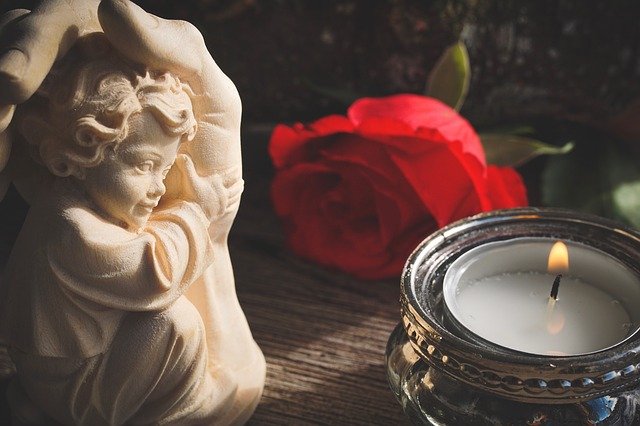
The first of November is a national holiday in Italy celebrating the Ognissanti meaning all saints. In reality, this festivity is observed in preparation of the Day of the Death on November 2nd. While we started celebrating All Saints’ Day in the 4th century, the Day of the Death dates all the way back to the Roman Empire and used to be celebrated during the entire last week of February, which was considered the month of purification. The date was later changed to November 2nd by the head of the monastery Cluny, abbot Odilone, who was very devoted to the souls in Purgatory. Today, Italians celebrate the Day of the Death by visiting and remembering their deceased family members. The Catholic Church organizes processions to the cemeteries in order to bless the deceased and invites all believers to intercede through God for all of the souls that went to sleep with the hope of the resurrection.
Ironically, the night before All Saints’ Day (October 31st) is today celebrated with Halloween. Although Halloween is an Anglo-Saxon holiday, it spread rapidly all over Italy and is particularly loved by children who go around knocking on doors asking for “dolcetto o scherzetto?” Because of the clash between sacred and profane, the Catholic Church despises this tradition and invites all “children of God” not to celebrate Halloween since, according to them, it honors the devil.Saints or devils aside, this festivity is just another excuse for us Italians to enjoy the Ponte dei Morti, Bridge of the Dead, meaning that our school weekend starts on Thursday, November 1st and most people don’t have to go to work that day. If this surprises you, wait until I tell you about our Christmas break!
Ognissanti e il Giorno dei Morti
In Italia, il primo novembre é la festa nazionale di Ognissanti, durante il quale in realtà ci si prepara per festeggiare il Giorno dei Morti il 2 novembre. La festività di Ognissanti si cominciò ad osservare nel IV secolo mentre la commemorazione dei defunti risale ai tempi dell’impero romano e in principio veniva celebrata durante l’ultima settimana di febbraio, considerato il mese della purificazione. La data fu in seguito spostata al 2 novembre dall’abbate Odilone dell’ordine cluniacense, il quale era molto devoto alle anime in purgatorio.Attualmente, per festeggiare il Giorno dei Morti, gli italiani si recano al cimitero per visitare i loro cari defunti. La chiesa cattolica organizza diverse processioni per benedire le tombe dei fedeli e per invitare tutti i credenti ad intercedere tramite dio per tutte le anime che hanno lasciato questo mondo con la speranza della resurrezione.
Paradossalmente, la notte prima di Ognissanti, il 31 ottobre, è caratterizzata da Halloween. Nonostante Halloween sia una festività anglosassone, si diffuse velocemente in tutta Italia ed è particolarmente amata dai bambini, i quali girano per quartieri bussando alle porte di sconosciuti in cerca del rinomato “dolcetto o scherzetto?” A causa del conflitto fra sacro a profano, la Chiesa Cattolica ripudia questa tradizione e invita tutti i fedeli a non celebrarla visto che, secondo loro, Halloween invocherebbe il diavolo.Santi o meno, questa festività è solo un’altra scusa per noi italiani per fare il Ponte dei Morti, ovvero iniziare il weekend scolastico giovedì primo novembre e non andare a lavorare in osservanza di Ognissanti. Se ciò vi stupisce, aspettate fino a quando vi racconterò delle nostre vacanze di Natale!

